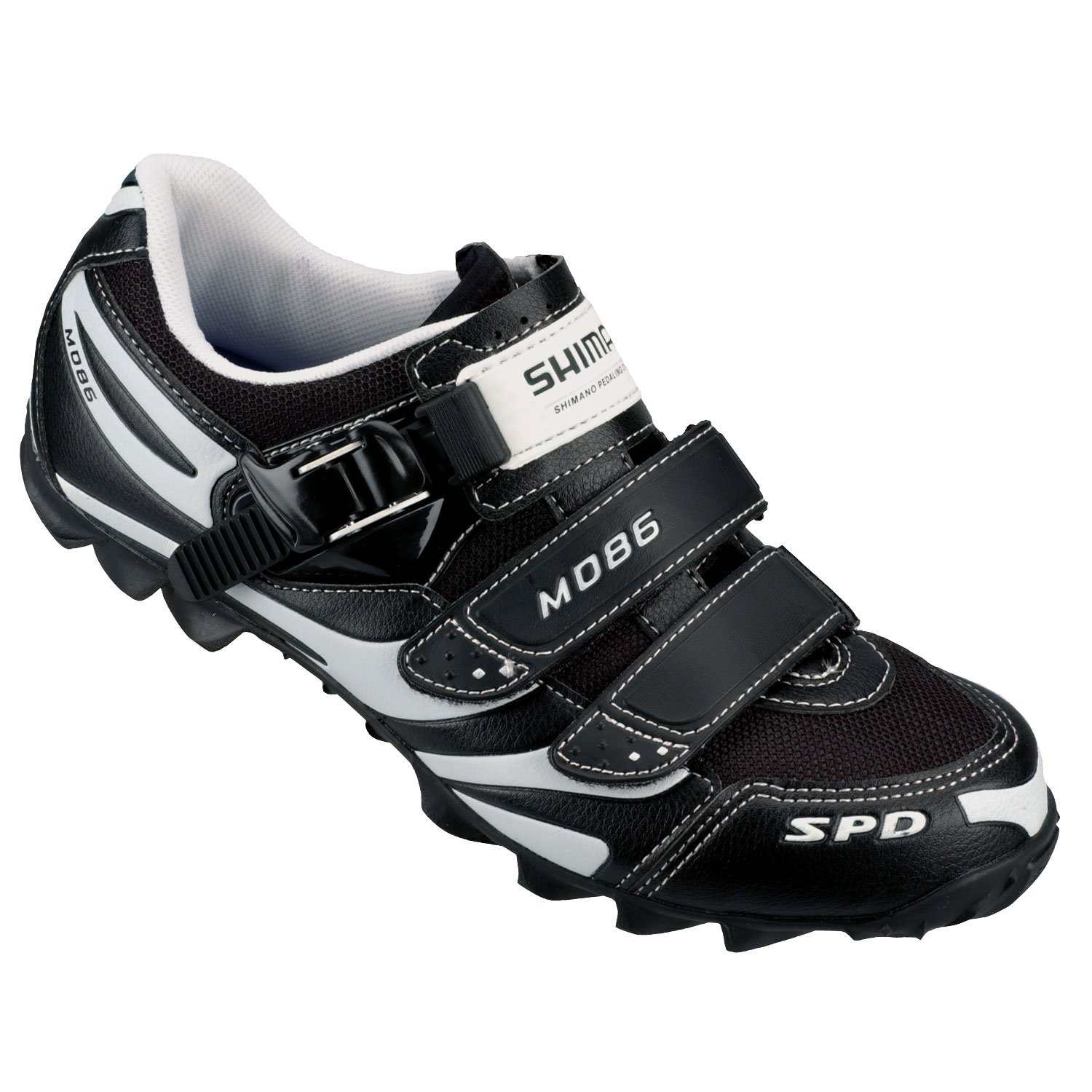Time for Time!
Personally I ride Time ATAC (Auto Tension Adjustment Concept) pedals, however, I tend to recommend Shimano SPD for similar reasons that I would recommend Windows XP over Ubuntu as a starting point (you don't want to confuse people). Given no mention of Time pedals in this thread I best speak up...
Time ATAC pedals are remarkably similar to the Crank Bros design, however, the Time pedals came first and the Crank Bros pedals are a johnny-come-lately version of the design (might be licenced). Crank Bros pedals can get in the way of the standard two-hole part of the shoe, needing extra spacers that are not what you want to be buying with future shoe/cleat sets. They also tend to be warrantied more than competing pedal brands.
The Time pedals have better patents than the SPD efforts and I don't think they will be licensing the elegant simplicity to Shimano any time soon. The guy who started Time was the guy that designed the original Look clipless pedals - also an enduring design classic that Shimano did licence.
Time ATAC pedals come with various prices, the affordable models with cr-mo spindles will do nicely. Pedals have to take abuse and sometimes there is a lot to be said for cr-mo steel. I have the cheerful ones and I have never thought 'damn, wish I went for carbon fibre spindles instead!'.
It is very hard to destroy Time ATAC pedals and there is no spring tension on the pedals to 'adjust'. They just clip in and that is it. You can put the brass cleats on the 'wrong shoes' to get a bigger release angle but I have not needed that.
The Time ATAC system is not ubiquitous, so you cannot always get the cleats. However, a bit of online shopping later and the cleats can be sent to your door for minimum post 'n' packaging.
In use I do not always click in. I hook the cleat in the front and pedal without clicking in fully. This gives you all the foot security you need in that your feet will not slip off the front or sides of the pedal. For more security I click one pedal in, for long distance, no-stop riding I click both pedals in.
Because of the realities of pedalling (even Tour de France riders on finest smuggled EPO do not pull up on the pedals) you should be able to start with the ATAC design and have only one pedal completely locked in. This will mean that you will not have to collapse on the pavement during a release (as happens with new SPD riders, usually horribly so).
From riding ATAC I get a lot of 'float' that initially (ten or more years ago) seemed weird. However, nowadays I cannot stand riding on platform pedals that lock into your shoe/trainer. It does not feel right as repositioning the feet is not as easy or natural feeling. The SPD system does not have this float - newbies to them do have mishaps. In engineering terms it is simply inferior.
I think it is fair to say that the basic Time ATAC pedals last forever with no need to even think about 'servicing'. I can see why Tour de France riders have those big SPD-SL/Look KEO pedals, but, if you have traffic lights to stop for then ATAC has so many advantages, chief being that you don't have to be locked in before you pedal away.
Posh Shoes or Cheap Shoes?
Personally I ride (and wear off bike) cheap and cheerful shoes by Shimano and Specialized. In fact I only have one set of shoes that do not have the cleat and would not consider getting 'pedestrian' shoes with flimsy, flexible soles.
Because shoes have to fit I do go to one of the commuter oriented bike shops in my area to get my next set of Shimano/Specialized shoes when the ones I have start to look a bit too scruffy. Because I have a fair few shoes with the cleat on I always have a dry set to wear.
Your long term ambition should be to become a Sidi shoe fetish person, they have the best fit, the best materials and the best technology. You should only consider the high end models and, whilst you are at it, get the ones that are massively bling, e.g. in shiny red 'patent' synthetic leather. They do them for MTB two-whole cleat and work perfectly with Time ATAC. You can also replace the tread as the rubber bits bolt onto the carbon-layer sole. Due to material choice the Sidi shoes do not stink even if worn 24/7.


